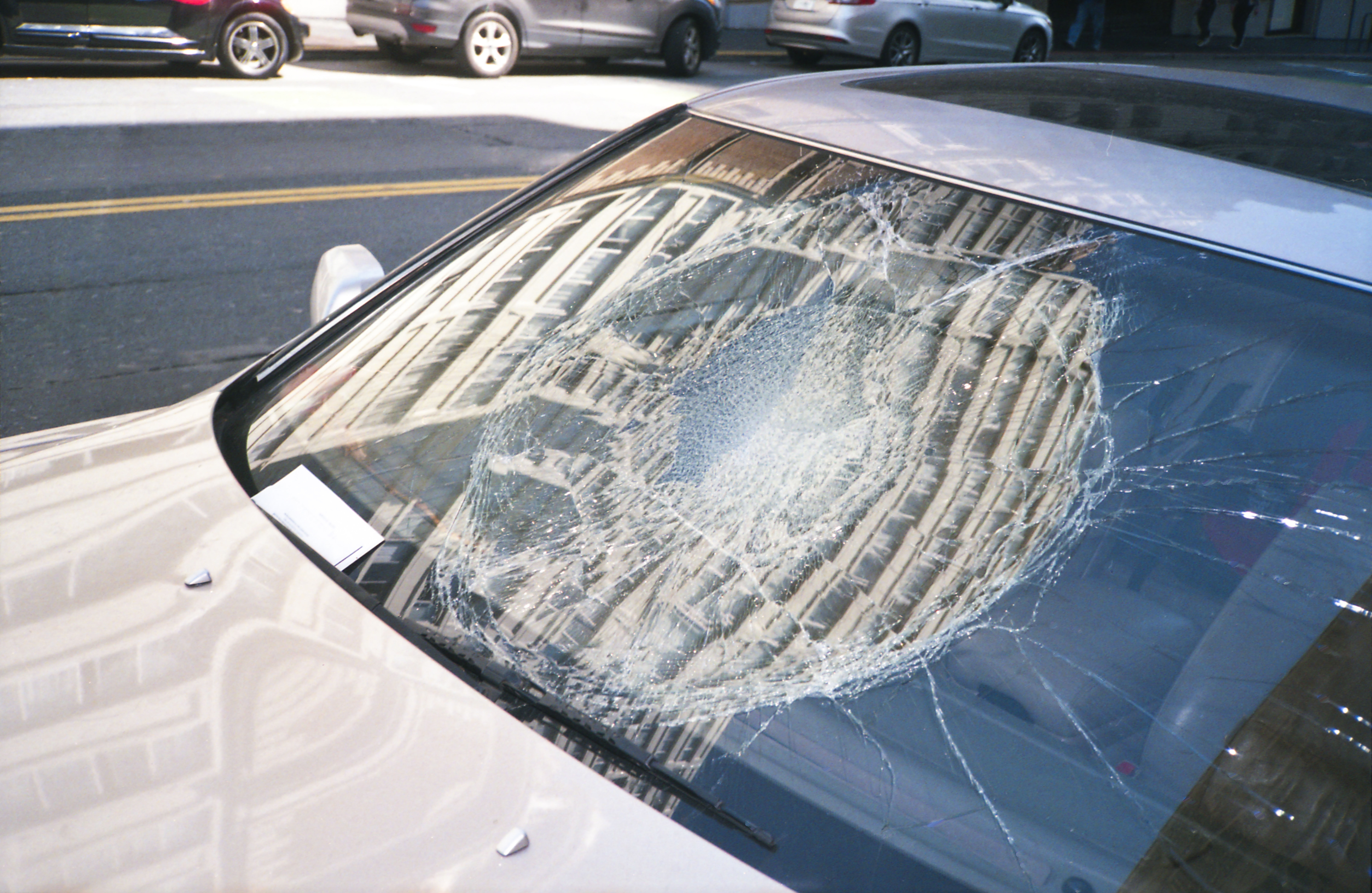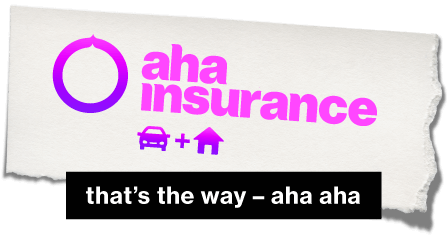If you are unsure about how a car insurance deductible works, don’t worry, you are not alone. That’s because many people find insurance deductibles one of auto insurance’s most confusing and frustrating aspects. While it’s a familiar term for anyone who’s applied for insurance before, many people are unaware of how it influences their rates or claims. One of the most common deductibles is 500 dollars, but you might be wondering, is a 500 deductible good for car insurance?
Understanding how your deductibles work is essential, as they significantly impact your finances. You should know how to choose a deductible before you get insurance quotes. One common question people often ask is whether they should have a higher or lower deductible. So, should you go for a higher deductible or a higher premium? And how does it affect your monthly payments or future claims? What is a good deductible for car insurance? Let’s find out.
Is a 500 Deductible Good for Car Insurance: Frequently Asked Questions
What is an insurance deductible?
First, let’s start by explaining what exactly an insurance deductible is and how it works.
Basically, your deductible is the amount you will pay out of pocket when you file a claim. It’s an amount you choose when buying a car insurance policy, generally between $250 and $2,000, that you opt to pay out of pocket should you be in a car accident where you need to file an insurance claim.
Deductibles are in place so that the insurance company and policy owner share the responsibility for any risks. They also help prevent policyholders from filing more frequently and incurring higher insurance rates. Standard car insurance deductibles include:
● $250
● $500
● $1,000
● $2,000
If you are involved in an accident, your insurance company will subtract your deductible from your claim. If your vehicle is severely damaged, after you pay your deductible, your insurer will pay the rest. For example, if you cause an accident that costs $3,500 in damages to your car and your deductible is $500, your insurance company will cover the remaining $3,000. However, you may decide to pay for the damages yourself if they are minor instead of filing a claim.
While you can pay any set amount for your car insurance deductible, the most common amounts vary between $500 and $1,000.
Should I have a $500 or $1,000 auto insurance deductible?
In reality, choosing your deductible varies heavily on the size of your emergency fund. Having a higher deductible means you have to pay more after an accident. Since car accidents can happen at any time, you need to make sure you have enough money in savings to cover your deductible at all times.
You won’t have to pay as much out of pocket with a lower deductible when filing an insurance claim after an accident. For many, shelling out $500 may be more manageable than having to come up with $1,000. Also, keep in mind that many insurance companies offer even lower deductible if $500 isn’t feasible.
Before deciding on your insurance deductibles, make sure you consider the following:
● How much you make a month
● What your monthly expenses are
● The size of your emergency fund
● The value of your vehicle
● How likely are you to file a claim
Will increasing my insurance deductible save me money?
In short, yes.
Increasing your insurance deductible will absolutely save you money on your insurance premiums. Essentially, the higher your deductible is, the lower your rate will be. Likewise, the lower your deductible is, the higher your rate will be.
In other words, if you decide on a $250 deductible, you will have to pay more monthly than if you went with a $2,000 deductible. Since your insurance company will have to pay more if you file a claim with a lower deductible, having you pay more monthly balances out the increased coverage. How much you can save by increasing your deductible will depend on your insurance company.
Be that as it may, don’t necessarily opt for a higher deductible just to save money on your premium if you cannot afford the payout. Having a higher deductible could lead to severe financial consequences. Keep in mind that every time you file a claim, you are responsible for paying your deductible. Plus, if you cannot afford to pay your deductible after an accident, you may find yourself without a vehicle until you can.
If you regularly file claims with your car insurance company, you could end up paying out of pocket quite a lot of money. In fact, if your deductible costs more than your claim, there’s no sense if even filing it. For example, if your deductible is $2,000 and your vehicle costs $1,800 to repair, your insurance company won’t pay for any of it because the amount is less than your deductible. By filing that claim, you would not only have to pay for it in full but also risk increasing your insurance premiums at your next renewal. However, if your deductible had only been $500, your insurance company would have covered the remaining $1,300.
Here are a few things to consider before deciding to increase your insurance deductible:
Where are you located?
The daily traffic you face can influence how much of a deductible you want. If you live in a high-traffic area, such as metropolitan Toronto, you are at a higher risk of getting into an accident. In contrast, you are less likely to experience a car accident if you live and work in a rural area.
Can you afford an increase?
If you were to get into an accident tomorrow, could you afford to pay a higher deductible? Keeping a lower deductible can be more manageable if you don’t have much savings or expendable income.
How much is your vehicle worth?
Expensive cars come with higher insurance. Cheaper cars cost less to insure. A higher deductible can be beneficial if you have an expensive car because you’d save more on your monthly premiums. In most cases, iff your vehicle is high-value, insurers dictate the minimum deductible you must carry. For instance, a vehicle of $100,000 or higher must carry a $1500-$2,000 deductible with most carriers On the contrary, if you own a less valuable vehicle, the savings from a lower to higher deductible would likely not be worth it.
A lower deductible is necessary if you lease or finance your vehicle. As part of your lease agreement says you must return your car in working condition, a lower deductible will provide better coverage if you file a claim. Also, some leases require a specific amount for your deductible, so make sure you check your lease agreement.
What’s your driving record like?
You will likely want a lower deductible if you are someone who often finds themselves involved in accidents. Someone who submits a lot of insurance claims would benefit from a lower deductible so that they aren’t constantly paying out of pocket. On the other hand, someone who has a very clean driving record or spends very little time on the road would likely benefit from a higher deductible.
Lastly, is it worth it?
Figure out if the savings are really worth paying a high deductible. For example, say your car insurance costs $1,500 annually with a $500 deductible. After inquiring, your insurer says you’ll save 10% annually if you increase to a $1,000 deductible, amounting to $150 in savings per year. When you divide that by 12 months, you only pay $12.50 less each month. As long as you don’t make a claim within the first three and a half years, the savings will start to pay off, making your higher deductible worth it.
But, as a car accident can happen at any moment, ask yourself if that’s worth having to pay an additional $500 out of pocket after an accident.
What types of car insurance have a deductible?
The two most common types of coverage that include a deductible are comprehensive and collision insurance. Each has its own deductible.
Comprehensive insurance covers unavoidable damage, such as fires, floods, falling objects, theft, and vandalism. You must pay your full deductible. However, if there is theft of the entire vehicle then the deductible does not apply.
Collision insurance covers damage to your vehicle after a car accident. The amount you are required to pay for your deductible depends on whether you are at fault. If you are fully responsible, you will pay your full deductible. If you are only partially at fault, say 50%, you may only have to pay 50% of your deductible.
In order to have full coverage you will need comprehensive and collision insurance as well as any other mandatory coverages your specific location requires by law.
Does my driving record affect my deductible?
Having a good driving record means you are less likely to be involved in an at-fault accident and even less likely to make an insurance claim. Therefore, if you are an excellent driver, consider increasing your deductible so you can start saving money on your insurance premiums. Nevertheless, remember that you will still have to pay out your higher deductible if you are in an accident. So make sure you can afford to do so before making any changes.
On the other hand, if you have a poor driving record, you may want a lower deductible. As you are at a higher risk of being in an accident and needing to file a claim, your lower deductible will help save you money on your claims. As mentioned above, you must pay your deductible each time you file a claim. Insurers can mandate a higher deductible if a client has multiple claims. Such as multiple glasses or vandalism claims – they would ask for an increase in the deductible.
Will I always have to pay my deductible?
Each policy is different. However, if you file a claim for any of the following, you will have to pay your deductible:
● Theft or act of vandalism
● An accident where you are partially at fault
● An accident where you are fully at fault
However, there are times when you will not have to pay your deductible. If you are not at fault in an accident, you would only have to pay the deductible if you filed a claim with your insurance company. In most cases, the at-fault driver’s liability insurance would cover your repairs and medical bills.
Although, if the at-fault diver is underinsured, not insured, or the fault is undetermined, you may need to file a claim and pay your deductible.
Conclusion
The average car insurance deductible is around $500. Whether you should choose between a $500 deductible or $1,000 comes down to what you can handle financially. For many, paying $500 after an accident may be more manageable than having to shell out $1,000. However, if you have a good driving record and the financial stability to afford a higher deductible, it can save you hundreds of dollars on your car insurance policy.






